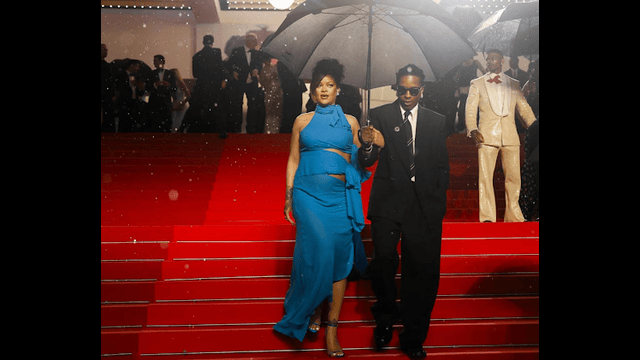
A recent research explores variations in comedy preferences between men and women. (Image source: Pexels/Luiz Woellner Fotografia)
In an era dominated by internet memes, divisive political discourse, and diverse comedic tastes, a recent investigation delves into the distinct humour preferences of men and women. Spearheaded by Robin Dunbar, a professor at the University of Oxford, the study aims to uncover potential disparities in the sense of humour between the two genders.
Published in the Humour journal by De Gruyter, the research gathered data from 3,380 individuals attending an exhibition of print cartoons at the Cartoon Museum in London, England. To discern comedic inclinations, Dunbar and her research team categorized cartoons of varying intricacy into 18 pairs. Participants were then tasked with rating the perceived humour of each pair. The analysis considered factors such as participants' age, gender, and the content of cartoons spanning the period from 1930 to 2010.
Across both genders, the study discovered that more intricate jokes reliant on subtext garnered greater amusement than simpler, slapstick comedy. However, Dunbar notes a threshold beyond which comedic complexity becomes challenging to comprehend, likening it to verbal jokes.
Men tended to appreciate visual jokes more than their female counterparts, while women exhibited a preference for humour involving political commentary or relationship dynamics. Visual comedy, as the study outlines, has evolved into a common element in cultural expression, serving both amusement and political or social commentary through satire.
Cartoon comedy, according to researchers, embodies an "intersection of our psychological and social interests," recognizing the difficulty of capturing socially intricate scenarios within a two-dimensional format. The study indicates that participant age and the publication date of cartoons did not significantly influence humour ratings.
Overall, both men and women favoured social commentary jokes related to domestic relationships and visual jokes utilizing puns and wordplay. Conversely, political jokes received the least enthusiasm from participants of both genders.
Further insights from the study reveal that women lean towards humour centred on domestic circumstances, while men gravitate towards slapstick or situational visual jokes. Dunbar posits that these humour preferences stem from the notable differences in the social styles of the two genders, a perspective often overlooked in favour of minimal IQ-based distinctions.
The study proposes that these findings may offer insights into how men and women navigate their relationships, shedding light on the nuanced dynamics of humour preferences in the context of social interaction.















